Van Phuc Bui
Time-constrained Federated Learning (FL) in Push-Pull IoT Wireless Access
Nov 13, 2024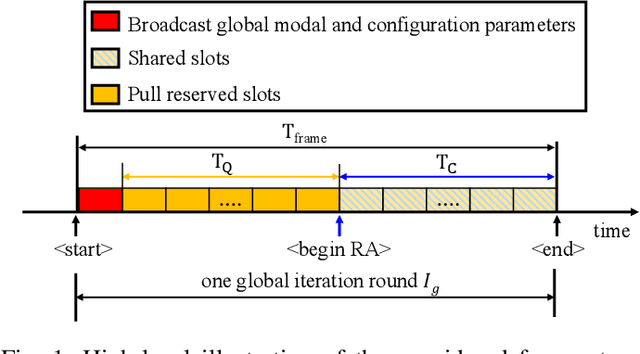
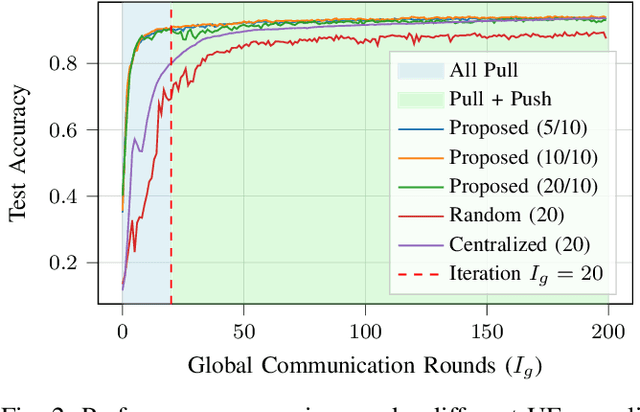
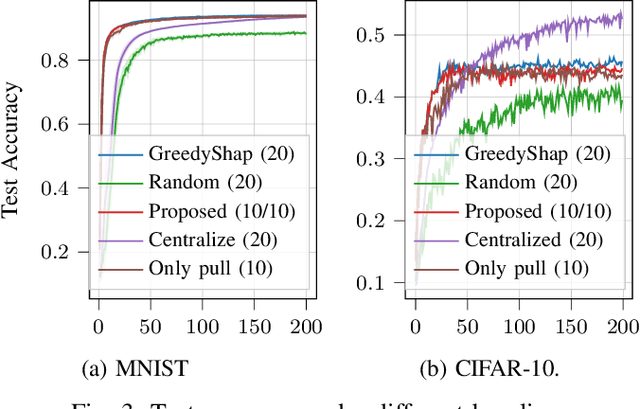
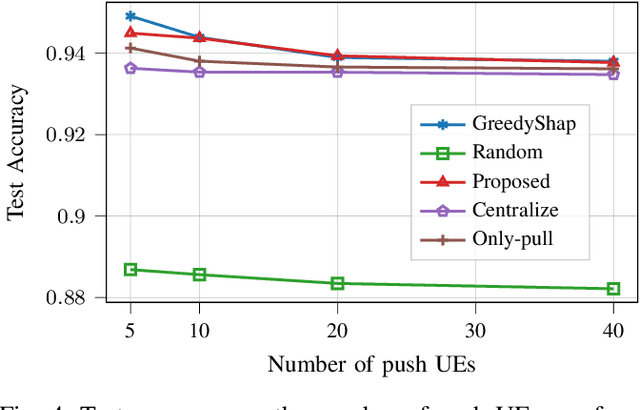
Abstract:Training a high-quality Federated Learning (FL) model at the network edge is challenged by limited transmission resources. Although various device scheduling strategies have been proposed, it remains unclear how scheduling decisions affect the FL model performance under temporal constraints. This is pronounced when the wireless medium is shared to enable the participation of heterogeneous Internet of Things (IoT) devices with distinct communication modes: (1) a scheduling (pull) scheme, that selects devices with valuable updates, and (2) random access (push), in which interested devices transmit model parameters. The motivation for pushing data is the improved representation of own data distribution within the trained FL model and thereby better generalization. The scheduling strategy affects the transmission opportunities for push-based communication during the access phase, extending the number of communication rounds required for model convergence. This work investigates the interplay of push-pull interactions in a time-constrained FL setting, where the communication opportunities are finite, with a utility-based analytical model. Using real-world datasets, we provide a performance tradeoff analysis that validates the significance of strategic device scheduling under push-pull wireless access for several practical settings. The simulation results elucidate the impact of the device sampling strategy on learning efficiency under timing constraints.
Goal-Oriented Communications in Federated Learning via Feedback on Risk-Averse Participation
May 19, 2023Abstract:We treat the problem of client selection in a Federated Learning (FL) setup, where the learning objective and the local incentives of the participants are used to formulate a goal-oriented communication problem. Specifically, we incorporate the risk-averse nature of participants and obtain a communication-efficient on-device performance, while relying on feedback from the Parameter Server (\texttt{PS}). A client has to decide its transmission plan on when not to participate in FL. This is based on its intrinsic incentive, which is the value of the trained global model upon participation by this client. Poor updates not only plunge the performance of the global model with added communication cost but also propagate the loss in performance on other participating devices. We cast the relevance of local updates as \emph{semantic information} for developing local transmission strategies, i.e., making a decision on when to ``not transmit". The devices use feedback about the state of the PS and evaluate their contributions in training the learning model in each aggregation period, which eventually lowers the number of occupied connections. Simulation results validate the efficacy of our proposed approach, with up to $1.4\times$ gain in communication links utilization as compared with the baselines.
Joint Beam Placement and Load Balancing Optimization for Non-Geostationary Satellite Systems
Jul 29, 2022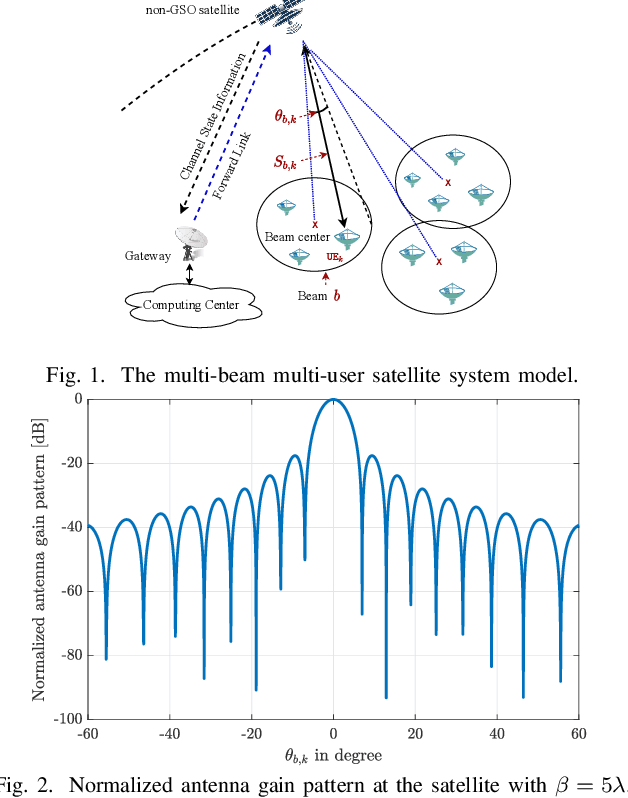
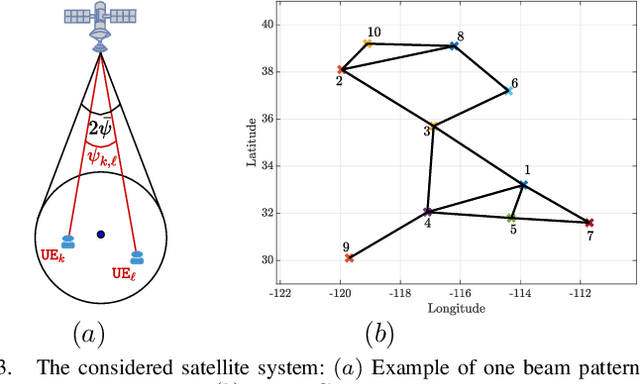

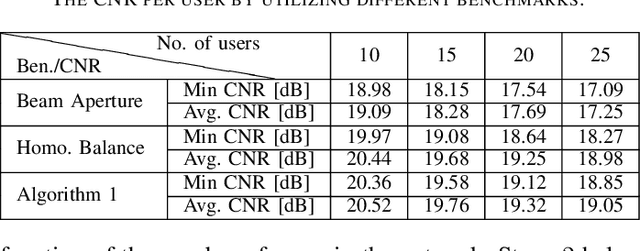
Abstract:Non-geostationary (Non-GSO) satellite constellations have emerged as a promising solution to enable ubiquitous high-speed low-latency broadband services by generating multiple spot-beams placed on the ground according to the user locations. However, there is an inherent trade-off between the number of active beams and the complexity of generating a large number of beams. This paper formulates and solves a joint beam placement and load balancing problem to carefully optimize the satellite beam and enhance the link budgets with a minimal number of active beams. We propose a two-stage algorithm design to overcome the combinatorial structure of the considered optimization problem providing a solution in polynomial time. The first stage minimizes the number of active beams, while the second stage performs a load balancing to distribute users in the coverage area of the active beams. Numerical results confirm the benefits of the proposed methodology both in carrier-to-noise ratio and multiplexed users per beam over other benchmarks.
 Add to Chrome
Add to Chrome Add to Firefox
Add to Firefox Add to Edge
Add to Edge